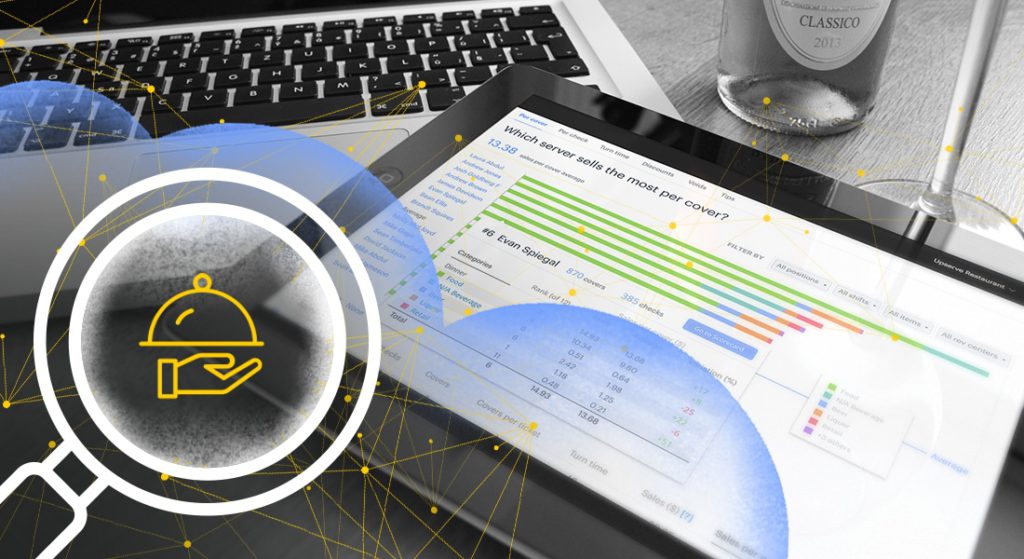As you plot out a business plan before opening a new restaurant, or even if you’re just searching for ways to increase the profitability of your existing restaurant, you’ll probably come across one thing quite a bit: Restaurant analytics. That is why we offer you restaurant analytics explained!
That’s for a good reason. Restaurant analytics can mean the difference between going bankrupt and closing your doors or growing into a profitable multi-location business over time.
The problem is that restaurant analytics isn’t the easiest thing to understand.
So, here’s a quick guide explaining what the concept is, how it works, and how you can start leveraging it in your favor.

What is Restaurant Analytics?
Restaurant analytics is a somewhat complex concept, and it’s divided into three main parts.
First, there’s the data side of things. Restaurant data comes in many forms. It’s basically every bit of information coming in and out of your business at any given time. How many daily customers do you have? How much do they spend? What time do most of them come in? What items do they order? Do they order online or in-store more? How much food gets sent back? How much food or supplies do you waste each day, and why is it wasted? All of that is restaurant data, and that’s just the tip of the iceberg.
Then, there’s the analytical part to think about. This is when you sit down, organize the data we talked about, and turn it into actionable information (information that allows you to make informed decisions going forward).
Finally, there’s the action phase. This isn’t actually part of restaurant analytics, but it’s the entire point of the process. This is when you look at the actionable information you’ve created via analysis and then adapt changes to your business model to create a more efficient and profitable business that still satisfies your customers.
How Does Restaurant Analytics Work, and What Benefits Does it Offer?
Restaurant analytics can work one of two ways. You can manually gather a lot of the information we mentioned above, and then you can manually crunch the numbers. That is how it started, but nowadays, there’s a lot more data you can glean from your day-to-day operations, and it’s difficult to find some of it. Not to mention, gathering it all by hand would take a lot of time, and you already put tons of time into the restaurant.
Then, you use a software solution that automates the data collection phase and much of the analysis phase. The program will turn the data into usable information, and then give you some recommendations, but you’ll still have to go over the recommendations and implement them yourself. We’ll get to this more later on.
This offers a number of benefits. First, you can use it to optimize your inventory purchases, food preparation practices, and scheduling for optimized spending and waste. This can save you a lot of money on its own. However, it goes deeper than that.
You can also use data analytics to develop an understanding of your marketing efforts, push more effort toward online campaigns and other revenue funnels that aren’t performing as they should, etc. This can also be used to predict customer behavior during various economic trends so your business can capitalize on positive trends or weather negative ones.
How to Implement Restaurant Analytics into Your Business, Today
Implementing restaurant analytics is easy, now. You don’t even have to crunch the numbers. With Fox Metrics, you can gather data from your own business, and the industry as a whole, and have it analyzed automatically. Fox metrics will even provide recommendations to help you maximize the usefulness of your analytics in meaningful ways.

